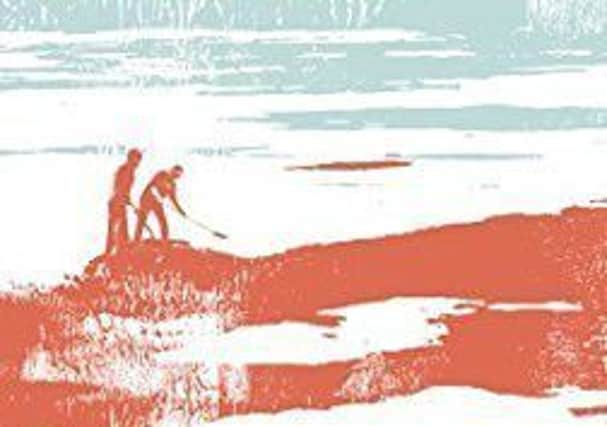Book review: Into the Peatlands: A Journey Through The Moorland Year, by Robin A Crawford


Although that was England not Scotland, and no-one was out on the raised bog wielding a tairsgeir and cutting peat, this is precisely the kind of landscape in which Robin Crawford would be in his element.
Where I’d see only monotony and what Ted Hughes called “the empty horror of the moor”, he would be highlighting its hidden biodiversity, tracking down Lewis legends of moor-related watercourses, bogeymen and murderers, or earnestly recording variations in peat-stacking.
Advertisement
Hide AdThe peatlands cover 13 per cent of Scotland, and what makes them special to Crawford is that they are a slowly deepening link to our past. Each year, another millimetre of sphagnum moss decays into peat, so a metre of the brown stuff can measure out a millennium.
Take it into the lab and it can tell us what trees were growing when the bog first formed, the pollens it first picked up, or the industrial pollutants it has more recently captured.
“Miraculously,” he writes, “it holds within itself the ashen fallout from Icelandic volcanoes… ash from the burning of the forests on Lewis by the Vikings, ash from the peat set alight on Lochar Moss from a steam locomotive
or – coming full circle – ash from peat fires raging uncontrollably in Indonesia.”
From the boggy battlefields of Bannockburn in 1314 to the standing stones of Callanish (which until excavated in 1857 were covered by 1.5m of blanket bog) the peatlands have played a bigger role in Scottish history than we might realise.
But my favourite story from this book is the one with which it begins. A 90-year-old American woman visited Kirkibost to find out about the place from which her father had emigrated almost a century earlier, never to return.
Advertisement
Hide AdShe was taken up to the moor where her family used to cut peat. At a particular spot, the top turf was removed. And there, preserved in the peat, was his footprint. - David Robinson
Into the Peatlands: A Journey Through The Moorland Year, by Robin A Crawford, Birlinn, £12.99